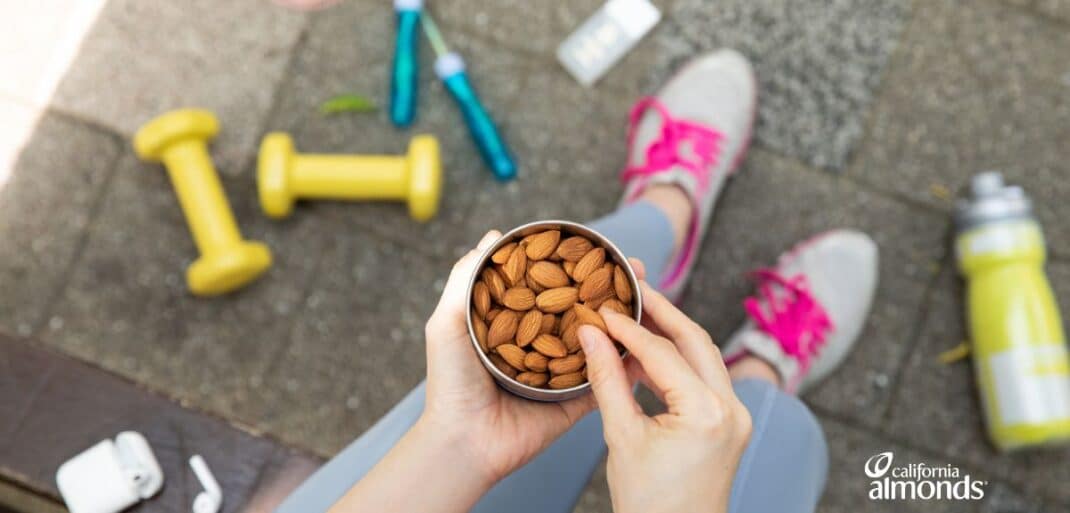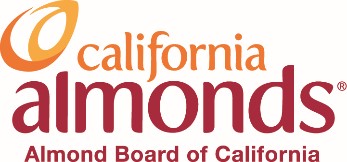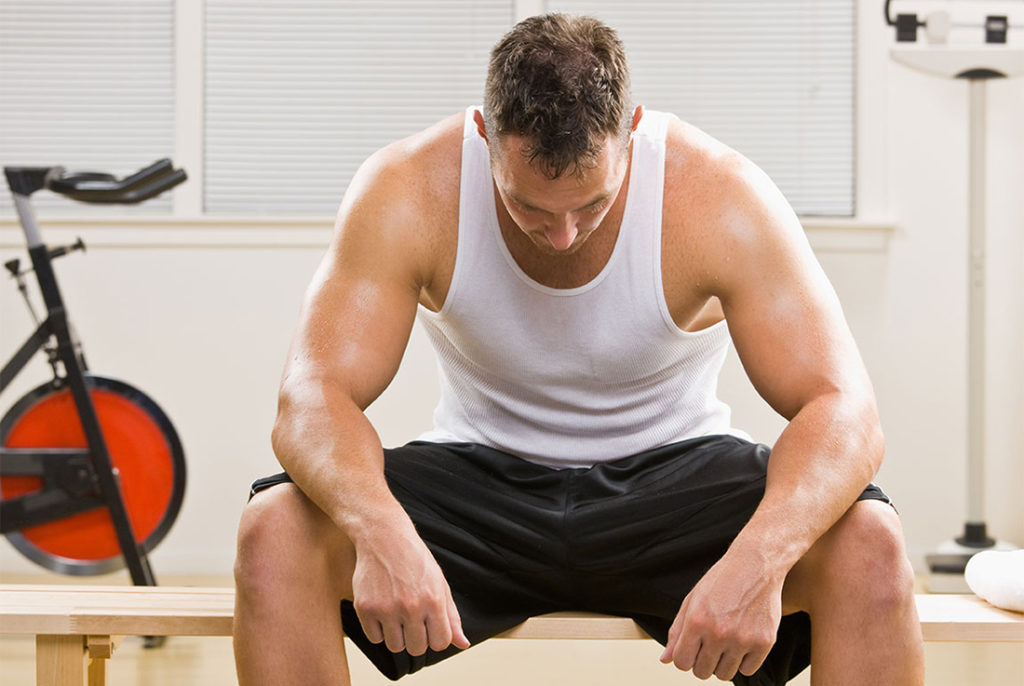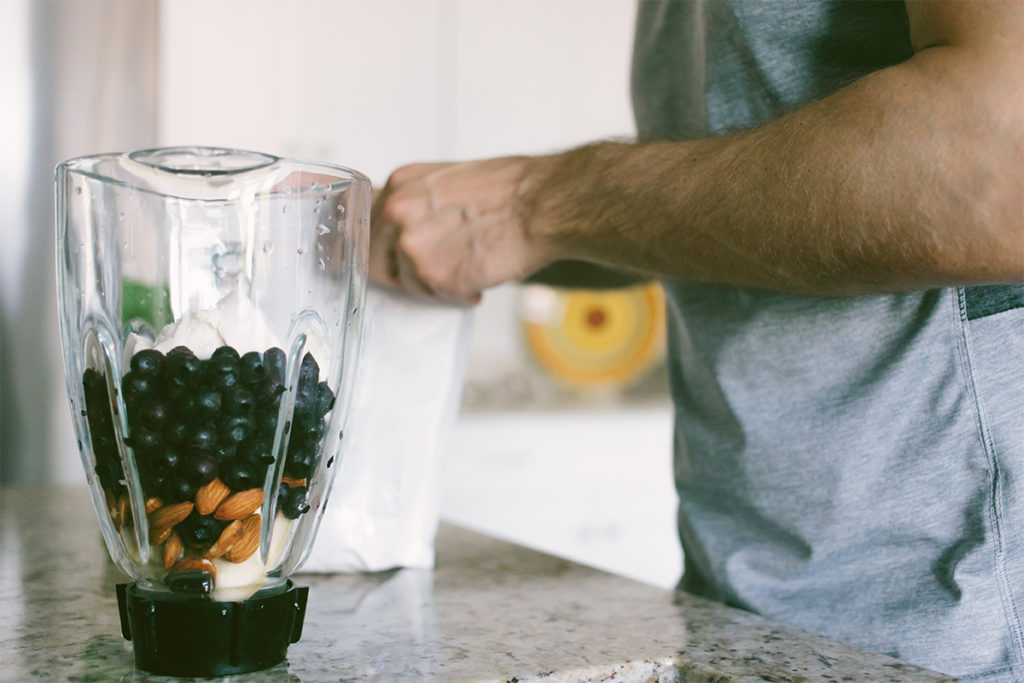Sponsored Content
5 Ways to Optimize Exercise Recovery

What is Exercise Recovery?
The term “exercise recovery” has a strong presence in the fitness industry, but the true meaning requires a comprehensive explanation. Defining recovery and adopting effective recovery practices requires time, dedication, and attention. Recovery isn’t only about repair and rest– it’s about preparation for the next exercise session. Recovery embodies repairing damaged muscle fibers, re-stocking energy and replenishing fluid and electrolytes. Good exercise recovery not only optimizes performance, but it can also significantly reduce the risk of illness and injury. Exercise recovery is often overlooked or misunderstood by many clients. It’s so crucial to help them understand how recovery is essential for your client’s fitness routines, whether they are a weekend warrior or a trained athlete.
Here are 5 tangible exercise recovery practices to incorporate into your fitness routine.
1. Sleep
A consistent sleep pattern is vital for both physical and mental recovery. In the deeper, more restorative phases of sleep, hormones reset, and (with the proper diet) muscle protein synthesis takes place – yes, you can build and repair muscle in your sleep! Targeting important nutrients like protein, calcium and magnesium as part of an evening meal or bedtime snack can help ensure the nutrients needed are readily available to fuel overnight regeneration. Protein delivers amino acids to help with overnight muscle recovery, calcium benefits sleep regulation magnesium may benefit sleep quality. Opt for foods like lower sugar cereals with milk, avocado toast, cottage cheese or almonds – one handful of almonds (about 23 almonds) provides 20% of your daily magnesium needs.
2. Smart Snacking
Often thought of as unnecessary or indulgent, snacking is actually an important component to fueling for and recovering from exercise. Snacking on nutrient dense foods like almonds can help sustain energy levels between meals and promote exercise recovery. Just one serving of almonds offers 6g of protein, 13g of “good” unsaturated fat and only 1g of saturated fat. A study published in 2022 found that 64 healthy adults (who occasionally exercised) consumed two servings (46 almonds) of almonds for one month were able to recover from an exercise session better than those consuming cereal bars. Participants who ate almonds experienced reduced feelings of fatigue and tension, increased leg and lower back strength during the first day of recovery and decreased muscle damage during the first day of recovery. A newly published eight week study found that 25 study participants (who were mildly overweight and occasional exercisers) who ate two servings (46 almonds) of almonds experienced an almost 25 percent reduction in muscle soreness when performing an explosive power exercise (a vertical jump challenge) over the cumulative 72-hour exercise recovery period.
When shopping for snack foods, choose items with flavor, texture and wide variety of nutrients.
Here is a shopping list to help on your next trip to the store.
Recovery Snack Shopping List
These foods check all the nutrient boxes for recovery needs. They contain protein, healthy carbohydrates, fluid, electrolytes, and antioxidants to build muscle, replenish energy, rehydrate and fight inflammation.
3. Stretch
It’s all too easy to rush in to or out of a workout and skip stretching. Stretching helps promote circulation and reduce soreness while promoting neurological adaptations to exercise and increasing flexibility. Making stretching part of your recovery routine can help reduce the risk of injury and help combat post exercise inflammation.
4. Sodium (and other electrolytes)
Replenishing fluids and electrolytes after exercise is a crucial component for optimal recovery. A 2% or more decrease in body weight from dehydration has a negative impact on both cognitive and physical performance. Sodium is the most plentiful electrolyte lost in sweat so replenishing both fluid and salt is crucial. Estimate baseline fluid needs by aiming to drink half your weight (pounds) in fluid ounces per day – but the more you sweat, the more you need to replace. In addition to electrolyte powders and sports drinks, replete sodium with nutrient dense foods like canned tuna, pickled veggies, vinaigrette salad dressings and salted almonds.
5. Rest Days
Many exercise enthusiasts make the mistake of skipping rest days, but they are a vital component to the recovery process. Rest days are a chance to relax and refuel both physically and mentally. Replenishment of glycogen stores are enhanced on days with less physical activity, plus you can utilize time typically spent exercising to catch up on other health habits like meal prep or spending time with loved ones. Off days don’t have to be movement free, you can opt for low impact, less strenuous activities such as walking, light yoga or easy swimming on rest days.
References
Bonilla DA, Pérez-Idárraga A, Odriozola-Martínez A, Kreider RB. The 4r’s framework of nutritional strategies for post-exercise recovery: a review with emphasis on new generation of carbohydrates. IJERPH. 2020;18(1):103.
Grandner MA, Jackson N, Gerstner JR, Knutson KL. Sleep symptoms associated with intake of specific dietary nutrients. Journal of Sleep Research. 2014;23(1):22-34.
Nieman DC, Omar AM, Kay CD, et al. Almond intake alters the acute plasma dihydroxy-octadecenoic acid (Dihome) response to eccentric exercise. Front Nutr. 2022;9:1042719.
Witard, O., Siegel, L., Rooney, J., Marjoram, L., Mason, L., Bowles, E., Valente, T., Keulen, V., Helander, C., Rayo, V., Hong, M. Y., Liu, C., Hooshmand, S., & Kern, M. Chronic almond nut snacking alleviates perceived muscle soreness following downhill running but does not improve indices of cardiometabolic health in mildly overweight, middle-aged, adults. Frontiers in Nutrition. 2024 January 8 https://doi.org/10.3389/fnut.2023.1298868
Afonso J, Clemente FM, Nakamura FY, et al. The effectiveness of post-exercise stretching in short-term and delayed recovery of strength, range of motion and delayed onset muscle soreness: a systematic review and meta-analysis of randomized controlled trials. Front Physiol. 2021;12:677581.
ACSM (2018). ACSM’s Guidelines for Exercise Testing and Prescription, 10th Edn., eds Bayles M. P., Swank A. M.. Philadelphia, PA: Wolters Kluwer
Thomas DT, Erdman KA, Burke LM. American College of Sports Medicine Joint Position Statement. Nutrition and Athletic Performance. Medicine and science in sports and exercise. 2016;48(3):543-68






